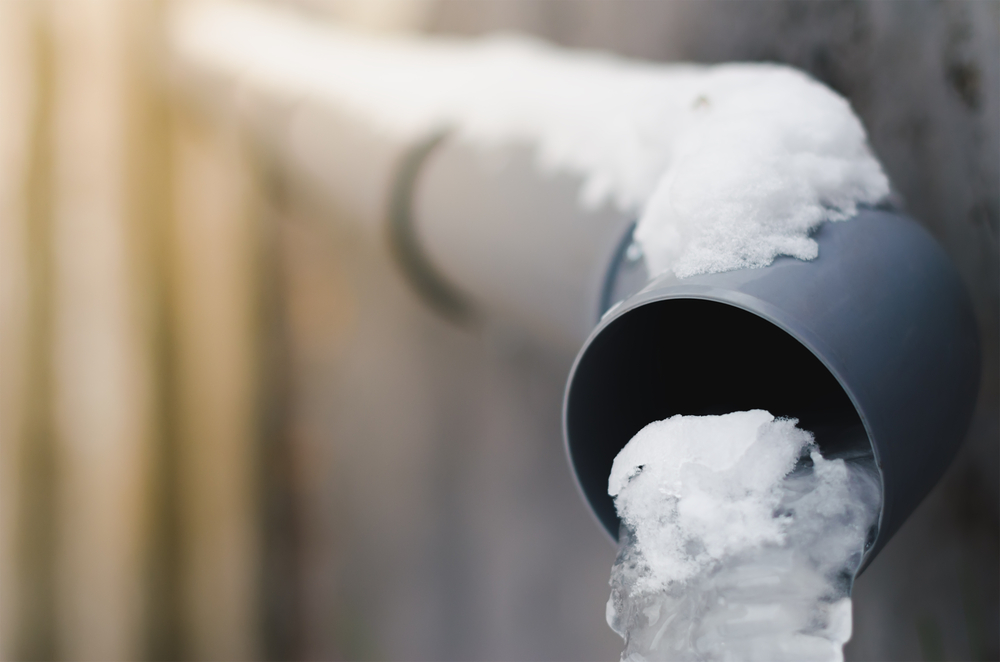Important Tips for Avoiding Frozen Pipes in Cold Weather Conditions
Important Tips for Avoiding Frozen Pipes in Cold Weather Conditions
Blog Article
Listed here down the page you might get more superb facts on the subject of 6 Ways to Prevent Frozen Pipes.

Cold weather can damage your plumbing, particularly by freezing pipelines. Here's just how to prevent it from taking place and what to do if it does.
Introduction
As temperature levels decrease, the risk of icy pipes rises, potentially causing pricey repair work and water damages. Understanding how to stop frozen pipes is essential for house owners in cool climates.
Recognizing Icy Pipelines
What creates pipelines to ice up?
Pipes ice up when revealed to temperature levels below 32 ° F (0 ° C) for expanded periods. As water inside the pipelines freezes, it increases, taxing the pipe walls and potentially triggering them to break.
Threats and damages
Frozen pipelines can lead to water supply disturbances, home damage, and expensive repairs. Ruptured pipelines can flooding homes and trigger substantial structural damage.
Signs of Frozen Water Lines
Recognizing icy pipelines early can prevent them from bursting.
Exactly how to identify icy pipes
Seek decreased water circulation from faucets, uncommon odors or noises from pipes, and noticeable frost on revealed pipelines.
Avoidance Tips
Protecting prone pipelines
Cover pipelines in insulation sleeves or utilize warm tape to safeguard them from freezing temperatures. Concentrate on pipelines in unheated or external areas of the home.
Heating strategies
Maintain indoor rooms effectively heated up, particularly areas with pipes. Open up cabinet doors to permit cozy air to distribute around pipelines under sinks.
Safeguarding Outdoor Plumbing
Yard tubes and outside taps
Detach and drain pipes garden tubes before winter. Set up frost-proof faucets or cover outside faucets with shielded caps.
What to Do If Your Pipelines Freeze
Immediate actions to take
If you presume icy pipes, keep taps open to eliminate stress as the ice thaws. Utilize a hairdryer or towels soaked in hot water to thaw pipes slowly.
Long-Term Solutions
Architectural changes
Take into consideration rerouting pipelines away from exterior walls or unheated locations. Add extra insulation to attic rooms, cellars, and crawl spaces.
Upgrading insulation
Invest in high-quality insulation for pipelines, attics, and wall surfaces. Appropriate insulation helps preserve consistent temperature levels and decreases the risk of frozen pipelines.
Verdict
Protecting against icy pipelines calls for proactive measures and fast responses. By comprehending the causes, signs, and preventive measures, house owners can secure their plumbing throughout winter.
5 Ways to Prevent Frozen Pipes
Drain Outdoor Faucets and Disconnect Hoses
First, close the shut-off valve that controls the flow of water in the pipe to your outdoor faucet. Then, head outside to disconnect and drain your hose and open the outdoor faucet to allow the water to completely drain out of the line. Turn off the faucet when done. Finally, head back to the shut-off valve and drain the remaining water inside the pipe into a bucket or container. Additionally, if you have a home irrigation system, you should consider hiring an expert to clear the system of water each year.
Insulate Pipes
One of the best and most cost-effective methods for preventing frozen water pipes is to wrap your pipes with insulation. This is especially important for areas in your home that aren’t exposed to heat, such as an attic. We suggest using foam sleeves, which can typically be found at your local hardware store.
Keep Heat Running at 65
Your pipes are located inside your walls, and the temperature there is much colder than the rest of the house. To prevent your pipes from freezing, The Insurance Information Institute suggests that you keep your home heated to at least 65 degrees, even when traveling. You may want to invest in smart devices that can keep an eye on the temperature in your home while you’re away.
Leave Water Dripping
Moving water — even a small trickle — can prevent ice from forming inside your pipes. When freezing temps are imminent, start a drip of water from all faucets that serve exposed pipes. Leaving a few faucets running will also help relieve pressure inside the pipes and help prevent a rupture if the water inside freezes.
Open Cupboard Doors
Warm your kitchen and bathroom pipes by opening cupboards and vanities. You should also leave your interior doors ajar to help warm air circulate evenly throughout your home.

I recently found that blog posting about How to prepare your home plumbing for winter weather when doing a search on the internet. Do you know about someone else who is enthusiastic about the subject? Why not promote it. Thank-you for your time spent reading it.
Visit The Following Page Report this page